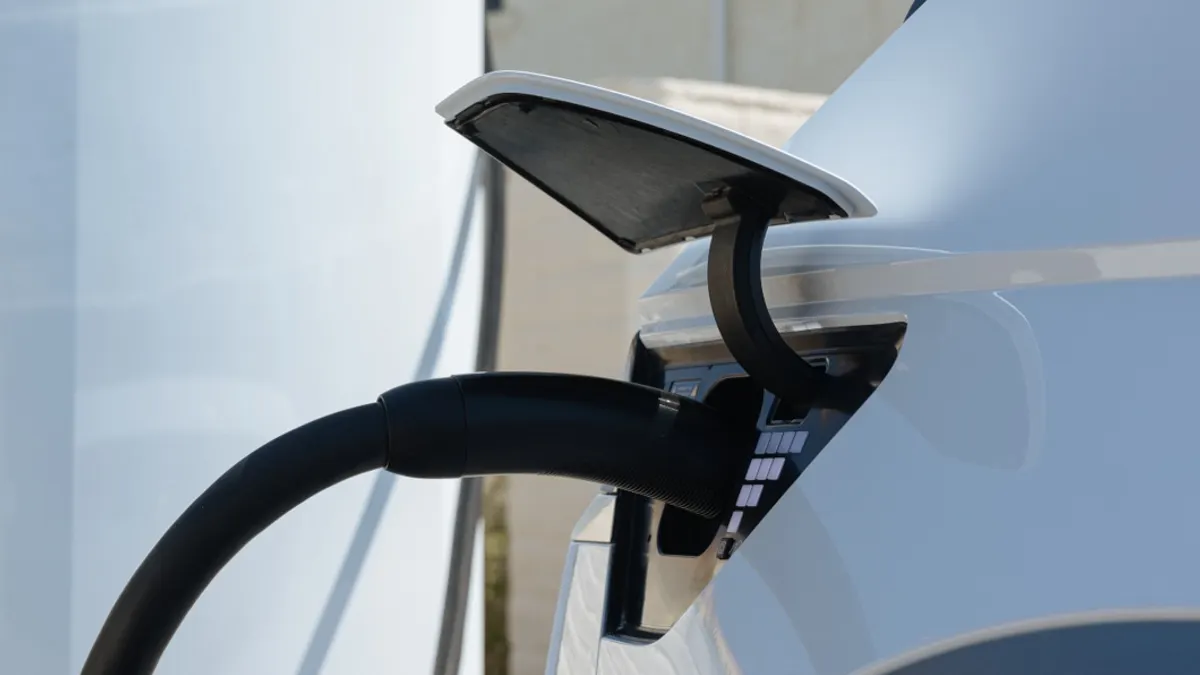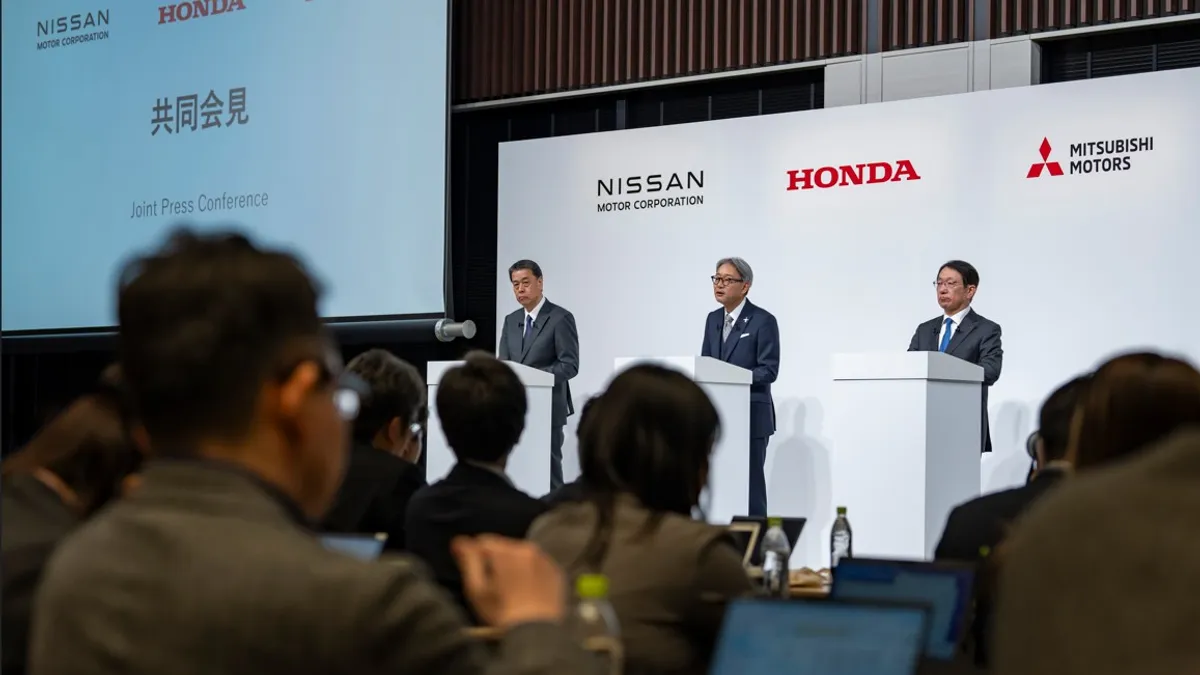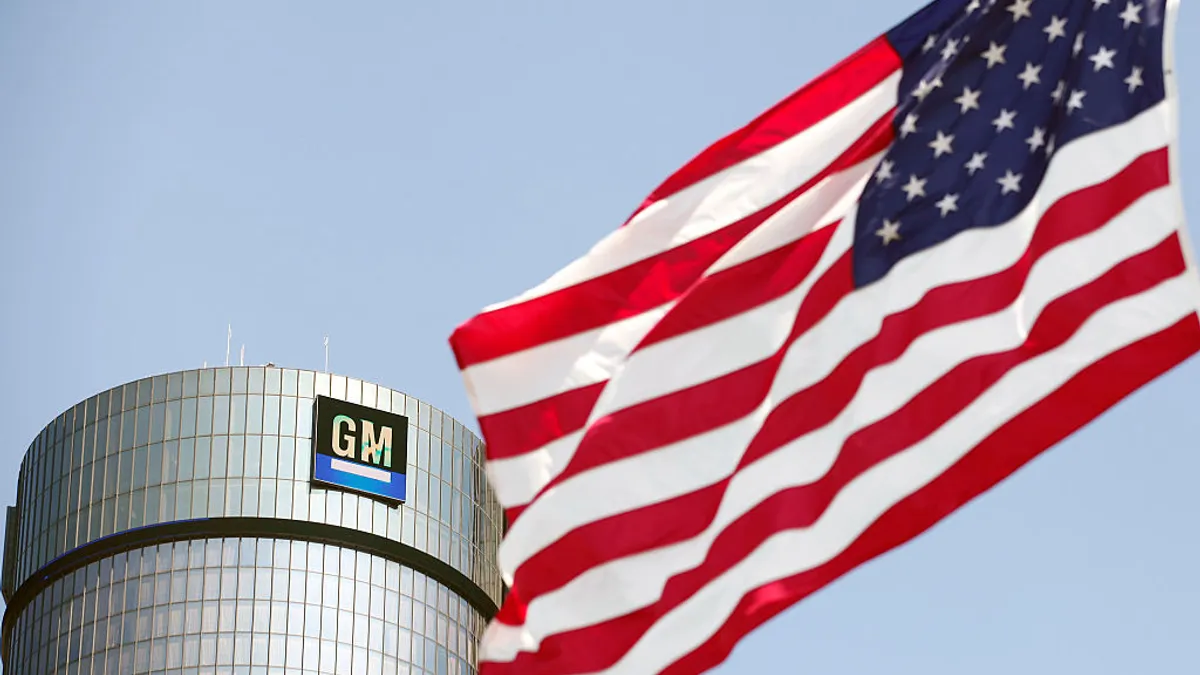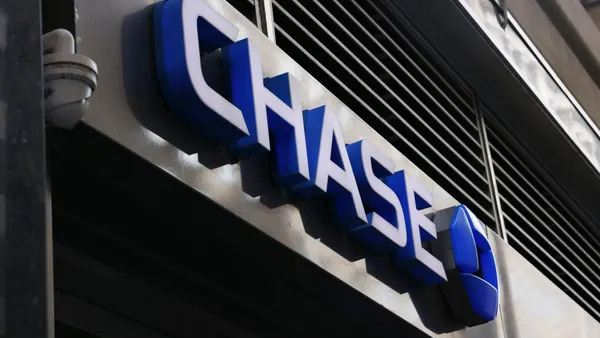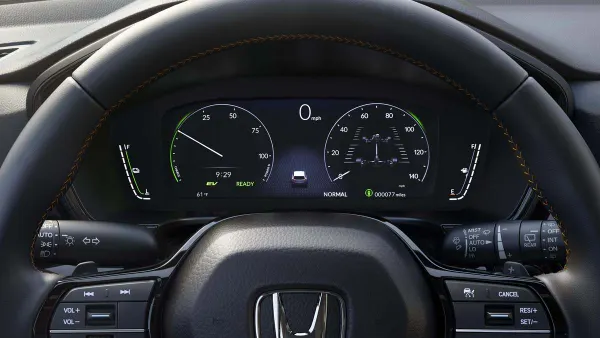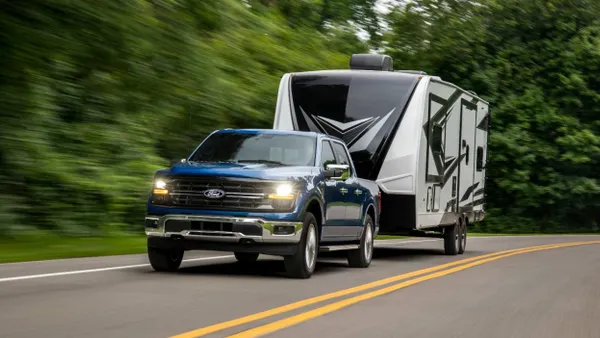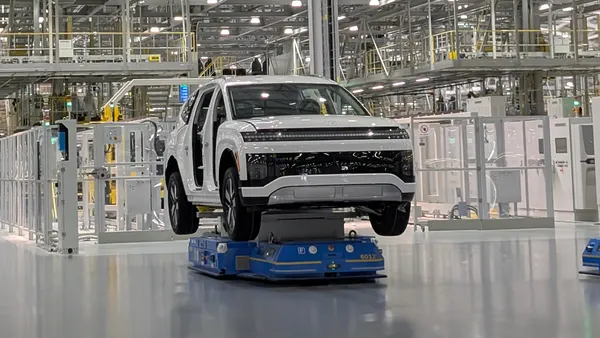Hyundai has made it easier for drivers of its newer model electric vehicles to find and pay for charging with new updates to its MyHyundai with Bluelink smartphone app, the company announced May 6.
The app connects Hyundai vehicles to its vehicle subscription ecosystem. The latest update now allows eligible customers to locate EV chargers, get turn-by-turn directions to the nearest one and pay for charging sessions, all from a single interface. The MyHyundai app also eliminates the need for third-party public charging apps. It can be used to locate Tesla Superchargers and public chargers operated by IONNA, ChargePoint and EVgo.
Hyundai EV customers can also set up a “plug and charge” feature to automatically pay for charging sessions without a smartphone or credit card, per the release. With the exception of EVgo, all compatible charging networks support the new plug and charge feature.
Currently, in-app charging and the plug and charge feature is only available for the 2025 IONIQ 5 and 2026 IONIQ 9, but the automaker said it will be made available for all future IONIQ and Hyundai brand EVs. These newer IONIQ models models are currently equipped with the North American Charging Standard (NACS) port, but all future Hyundai EVs will eventually come standard with a NACS port, allowing drivers to charge at Tesla Superchargers without an adapter.
“With the introduction of plug and charge and in-app-charging features, we are taking another significant leap forward enabling our drivers to use the MyHyundai with Bluelink app or plug and charge to recharge their EVs,” Manish Mehrotra, vice president of digital business planning and connected operations at Hyundai Motor North America, said in a statement. “These new features not only simplify the charging process but also enhance the overall ownership experience, reinforcing our commitment to making electric vehicle charging more accessible and user-friendly.”
The app updates follow Hyundai’s announcement in March that its customers gained access to the more than 20,000 Tesla Superchargers, more than doubling network availability for the automaker’s current EV drivers.
Drivers of Hyundai’s other EVs that come with the Combined Charging System (CCS) port, including the KONA Electric, IONIQ Electric hatchback, IONIQ 6 and pre-2025 IONIQ 5 models, can use a NACS to CCS adapter at public chargers equipped with CCS plugs.
However, Hyundai previously announced that customers who bought or leased an EV with a standard CCS port before Jan. 31, 2025 can receive a free NACS charging adapter. The adapter is specifically designed to work with Hyundai EVs, including those built on its 800-volt, Electric Global Modular Platform (E-GMP).


